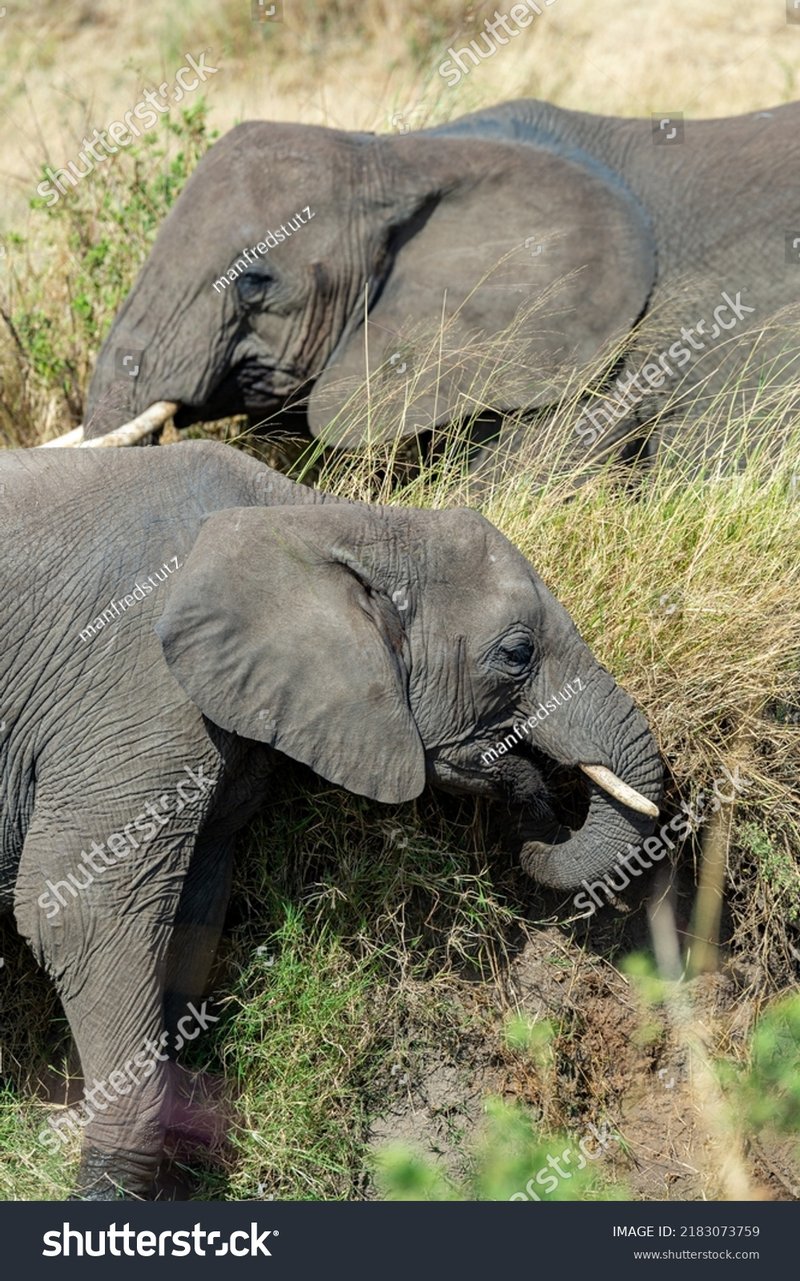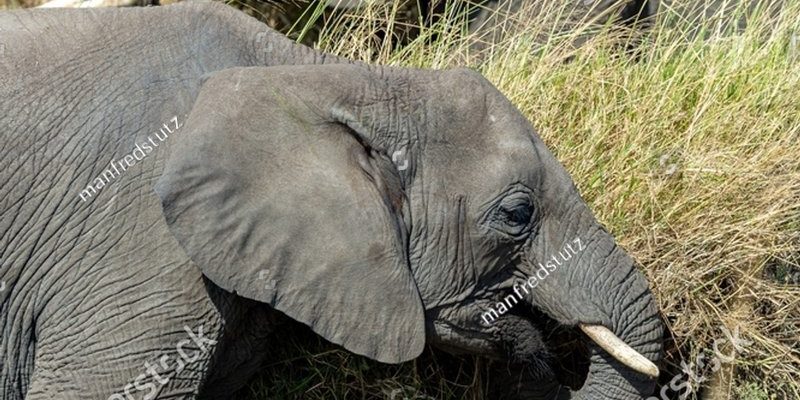
Let’s dive into the world of the African bush elephant. Imagine having a massive appetite that requires you to consume up to 300 pounds of food every day! That’s a bit like trying to eat a mini van worth of calories—impressive, right? These elephants are herbivores, which means they primarily eat plants, but their approach to finding and acquiring food is anything but simple. It’s as if they’re the ultimate foragers, constantly on the hunt for the next big meal.
What Do African Bush Elephants Eat?
African bush elephants have a varied diet that consists mainly of grasses, leaves, fruits, and bark. Think about it; their meals are like a buffet spread across the African landscape.
– Grasses: The staple of their diet, especially during the wet season when grasses are lush and plentiful.
– Leaves: They reach up to the treetops, using their trunks to grab leaves that might be out of reach for other animals.
– Bark and branches: In the dry season, when other food sources dwindle, they’ll strip the bark off trees for added nutrients.
Here’s the thing: because they consume so much food, elephants play a crucial role in shaping the ecosystem. By taking down trees and spreading seeds through their dung, they help maintain the savannah’s health. It’s a beautiful cycle of life that underscores their importance.
Foraging Techniques of African Bush Elephants
When elephants forage, they use their incredible sense of smell and memory to locate food. Imagine trying to find your favorite restaurant in a city you’ve never visited—that’s how these elephants navigate their environment.
They exhibit both solitary and social foraging behaviors. For instance, a lone elephant might wander off to find food in a less competitive area, while a herd might band together to take on larger trees. This social aspect is fascinating because it shows how they can adapt their strategies based on availability and competition.
Some elephants also use their size to their advantage. By uprooting smaller trees or crushing branches, they create openings for other animals, which can lead to a more diverse ecosystem. So when you see an elephant at work, remember, they’re not just eating—they’re reshaping their habitat.
Water Sources and Their Importance
Water is vital for all life, including African bush elephants. These giants can drink up to 50 gallons of water a day, especially in the hot African climate. They often travel long distances to find reliable water sources.
Elephants have a keen ability to locate water, sometimes using their memory to revisit watering holes from previous years. You might be wondering, how do they find these sources? Their excellent sense of smell and the ability to detect changes in vegetation guide them.
Additionally, elephants can dig for water during dry seasons by using their trunks to create mud pools. This behavior not only quenches their thirst but also creates new water sources for other animals. It’s a perfect example of how their actions benefit the entire ecosystem.
The Role of Elephants in Their Ecosystem
African bush elephants are often referred to as “ecosystem engineers.” This term might sound fancy, but it simply means they significantly shape their environment. By eating and uprooting plants, they help maintain the balance of the ecosystem.
Their feeding habits encourage new plant growth, which supports various herbivores and other wildlife. Additionally, when they walk through the savannah, they create pathways that can be used by other animals. It’s like they’re nature’s landscapers, constantly sculpting and nurturing their surroundings.
Unfortunately, their role is threatened by habitat loss and poaching. As elephants decline, the entire ecosystem can suffer. Protecting these giants isn’t just about saving a species; it’s about safeguarding the intricate web of life they support.
Hunting Strategies: Social Behavior and Defense
While African bush elephants are herbivores, they do have strategies for hunting—though not in the traditional sense. They don’t hunt for food like predators; instead, they must be aware of potential threats from predators like lions or hyenas.
Elephants are social creatures and often travel in groups. This social structure provides safety in numbers. When threatened, elephants can work together, using their sheer size and strength to fend off predators. Imagine a group of friends rallying together when someone tries to bully one of them—that’s how elephants operate.
They also exhibit protective behaviors, especially with their young. Adult elephants will form a circle around calves when they sense danger, showcasing a strong sense of family loyalty. This cooperative behavior is essential for survival in the wild and highlights their social intelligence.
The African bush elephant is a remarkable creature with a complex diet and unique strategies for survival. From their varied plant-based meals to their social and protective behaviors, every aspect of their lives reflects their role as vital contributors to the ecosystem.
As we learn more about these incredible animals, it becomes clear that protecting them goes beyond just saving a species. It’s about maintaining the balance of nature and ensuring that the beautiful landscapes they inhabit continue to thrive. The next time you think about the African bush elephant, remember the profound impact they have on their environment and how their diet and hunting strategies are intricately woven into the fabric of the wild.

